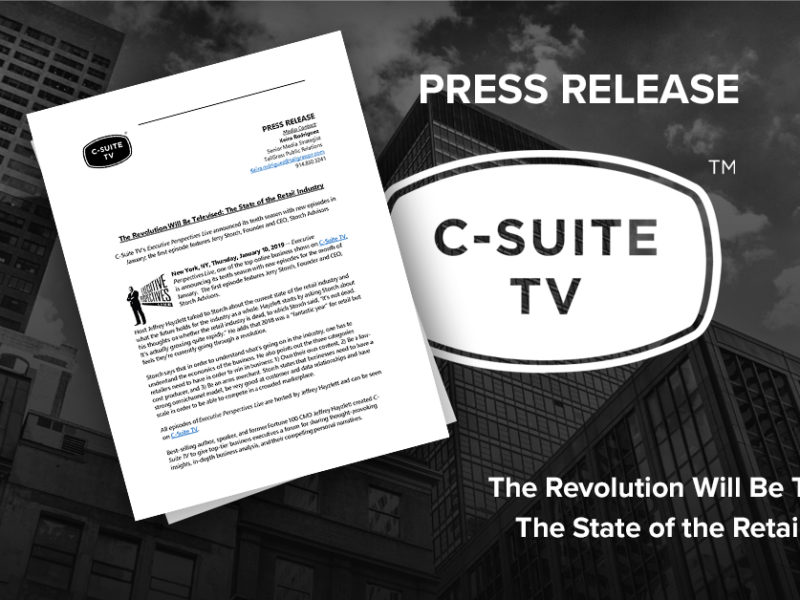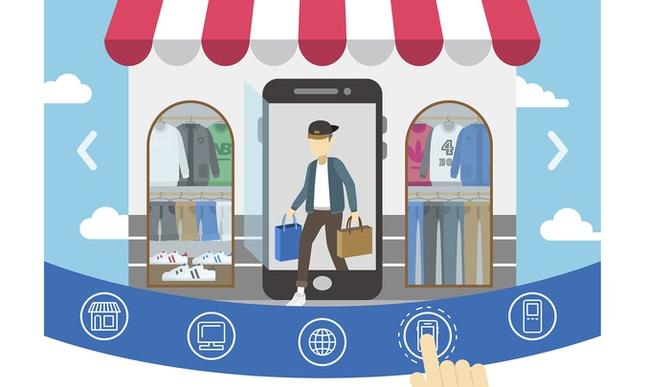
ANALYSIS Can Amazon Reinvent the Shopping Experience?
ANALYSIS Can Amazon Reinvent the Shopping Experience? https://csuiteold.c-suitenetwork.com/wp-content/uploads/2017/06/analysis-can-amazon-reinvent-the-shopping-experience.jpg 620 360 C-Suite Network https://csuiteold.c-suitenetwork.com/wp-content/uploads/2017/06/analysis-can-amazon-reinvent-the-shopping-experience.jpg
There is little doubt that the Internet — especially Amazon — has altered the way U.S. consumers think about shopping.
E-commerce sales grew 15.6 percent in 2016 and now account for 11.7 percent of all retail sales, according to recent reports. Amazon accounts for a whopping 43 percent of those e-commerce sales.
Amazon, in particular, has changed the way consumers think about e-commerce sales, or etail. If you live in a major city like Phoenix, which has a major distribution center, it is not uncommon to order items sold by Amazon and have them delivered the same afternoon.
In addition, Amazon has introduced a number of other shopping concepts of late and is moving directly into operating brick-and-mortar stores. Will Amazon’s moves bring back the traditional retail shopping experience, or is it gone forever?
Amazon’s Innovations
As a company, one of Amazon’s goals is to expand its presence and that of technology in retail.
Amazon Locker offers convenient locations for people to pick up amazon packages. Amazon Books offers consumers the traditional book store experience with those old-fashioned paper products. Amazon Go allows people to shop for groceries without having to exit through checkout lines. AmazonFresh Pickup combines the etail experience with the convenience of picking up purchases on your way home from work.
With the acquisition of Whole Foods, Amazon has cemented its position as both a grocer and a brick-and-mortar retailer. The deal has provoked a great deal of speculation about how Amazon will change Whole Foods and the brick-and-mortar experience.
The acquisition also has given rise to speculation about what retail companies Amazon might acquire next — an apparel chain, discount chain or something else.
Virtual Shopping Adjustments
Although Amazon and the Internet have changed the shopping experience — and in many ways, improved it — there are still side effects associated with this shift to etail commerce. For one, etail is a less social environment. Shopping malls typically include restaurants, entertainment, and other activities.
The social effects of e-commerce dominating society — if or when that may come to bear — are unclear. That’s not to mention all the lost retail jobs as things shift to e-commerce warehouses that increasingly use robotic automation.
However, the hardest change to deal with may be the loss of the experience — the touching and feeling of products before you buy them. As I can attest, not every men’s medium dress shirt is cut the same, not every shoe fits a wide foot, and not every color looks good on a pale Scottish complexion.
Some would argue that AI and high-end computer graphics eventually will solve these fit and style issues, and I agree…






